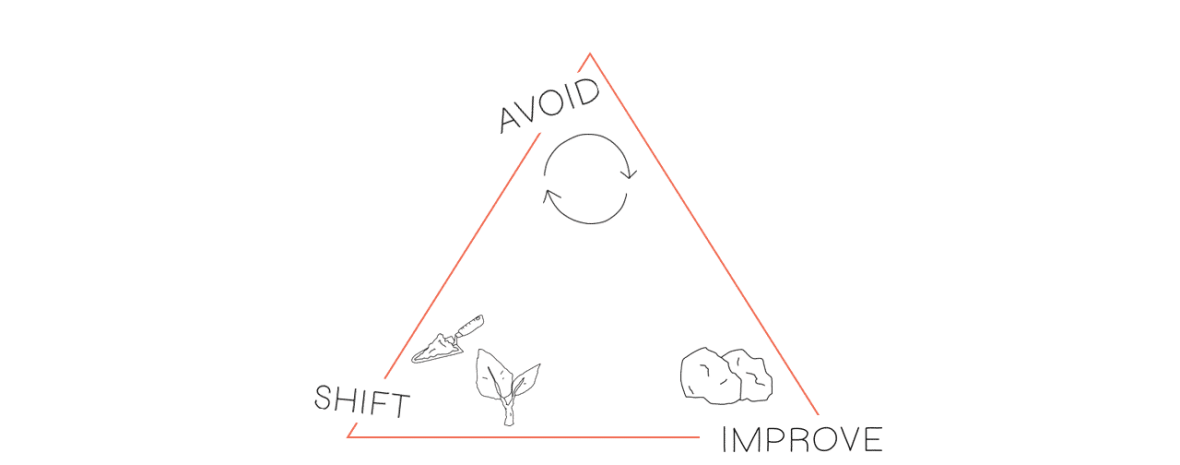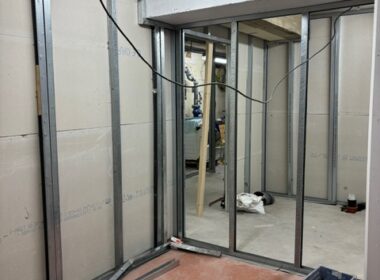Materials: the new focus of sustainable construction?
The construction sector is responsible for 40% of carbon emissions and 30% of the waste produced. In this context, the decarbonisation of building materials is crucial. This is particularly true of concrete and steel, both of which are carbon-intensive materials that emit significant quantities of greenhouse gases during production.
At Natura Mater, we have been working with professionals for four years to reduce the impact of materials on their projects. Our methodology, initially developed intuitively, is in line with that recently published by the United Nations (mentioned in its report, “Building Materials and the Climate: Constructing a New Future”). It proposes a strategic approach based on three pillars to be followed in the order “Avoid – Shift – Improve”. It emphasises the avoidance of carbon-intensive materials that require the extraction of raw materials. If this step proves impossible, the next option is to switch to regenerative materials that store carbon. The last resort is to use improved existing materials.
Avoid
The first pillar, “Avoid”, aims to avoid any extraction of new raw materials and therefore the use of new materials. With this in mind, it is crucial to promote renovation and avoid demolition and new construction as much as possible. This first pillar also involves reducing (or even completely avoiding, dare we say it) the oversizing of steel and concrete structures. Studies have shown that avoiding oversizing can reduce the environmental impact of a building by up to 30%.
Lastly, in this first pillar, the reuse of existing materials is of particular importance, as it not only extends the life of materials and therefore avoids waste, it also avoids the production of new materials and therefore the extraction of new primary resources. In this context, we are fortunate in Belgium to have a particularly dynamic reuse ecosystem, with pioneering players such as Rotor DC, as well as newcomers such as Coliseum and even specialists like Composil ReUse (carpet) and Mobius (raised access floors).
Shift
If the use of new materials cannot be avoided, the second pillar, “Shift”, encourages a transition to bio-sourced materials, which store CO2 and regenerate on a relevant timescale. Bamboo, straw, hemp, shells and animal fibres… the raw materials are virtually infinite. At Natura Mater, we add almost carbon-neutral raw earth materials to this pillar.
The two examples that most often spring to mind are the use of wood for structures (provided it is certified, of course) and insulation. A variety of biosourced insulating materials are available to meet virtually any need. But biobased products don’t stop there. Plant, animal and raw-earth materials are used in practically all types of materials, including masonry, panels, plaster and paint. This involves in particular hemp and lime or raw earth blocks (very local!), which offer alternatives for less impactful structures.
Improve
The final pillar, “Improve”, involves improving the decarbonisation of “conventional” materials to reduce their carbon footprint. This pillar often focuses on reducing the energy required to produce materials, commonly referred to as grey energy.
Lastly, the use of high-value recycled materials is a crucial aspect of the “Improve” pillar. It goes without saying that preference should be given to materials whose composition includes a high proportion of recycled materials. It would be absurd for a recycled material to require more new material than can be recycled.
A sense of priorities for sustainable construction
Crucially, the “Avoid – Shift – Improve” strategy offers an indispensable strategic approach to the transition to more sustainable construction. It should be stressed that these three pillars are hierarchical, with extraction avoidance as the initial priority, followed by the transition to bio-sourced materials, and lastly the final principle of improving the decarbonisation of conventional materials.
This is particularly important as the third pillar, “Improve”, is often highlighted in the communications of materials producers. However, it is essential to remember that this comes only after the “Avoid” and “Shift” principles have been applied. It is only by prioritising these three concepts, in this order, that we will be able to achieve our global construction objectives.
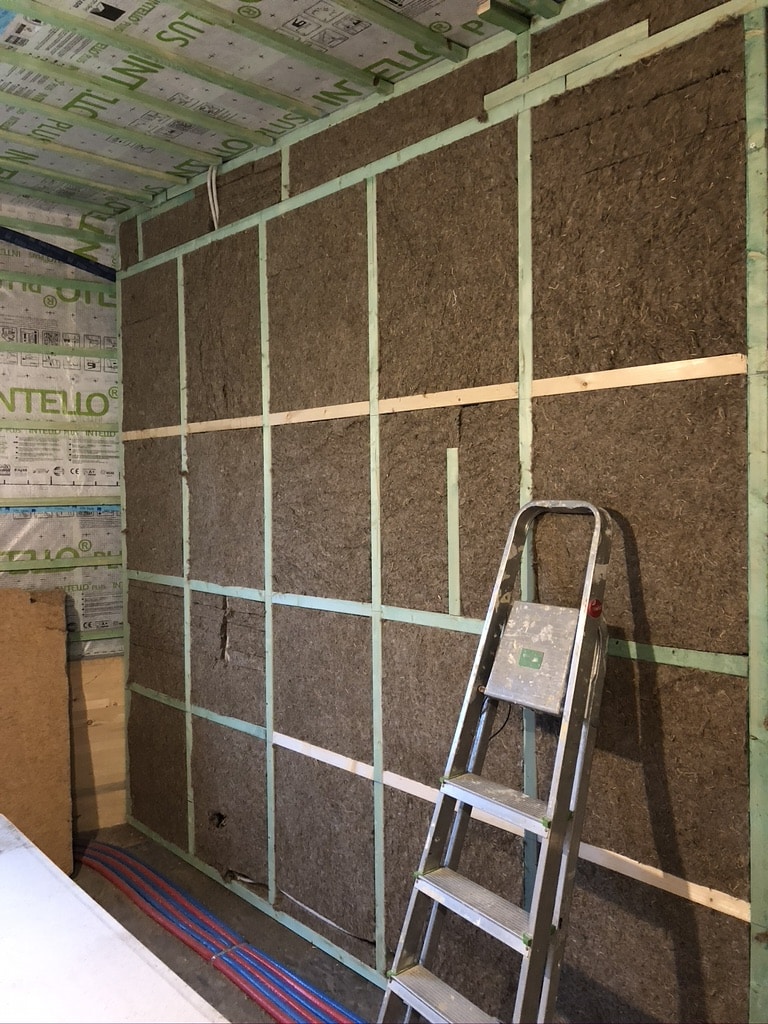
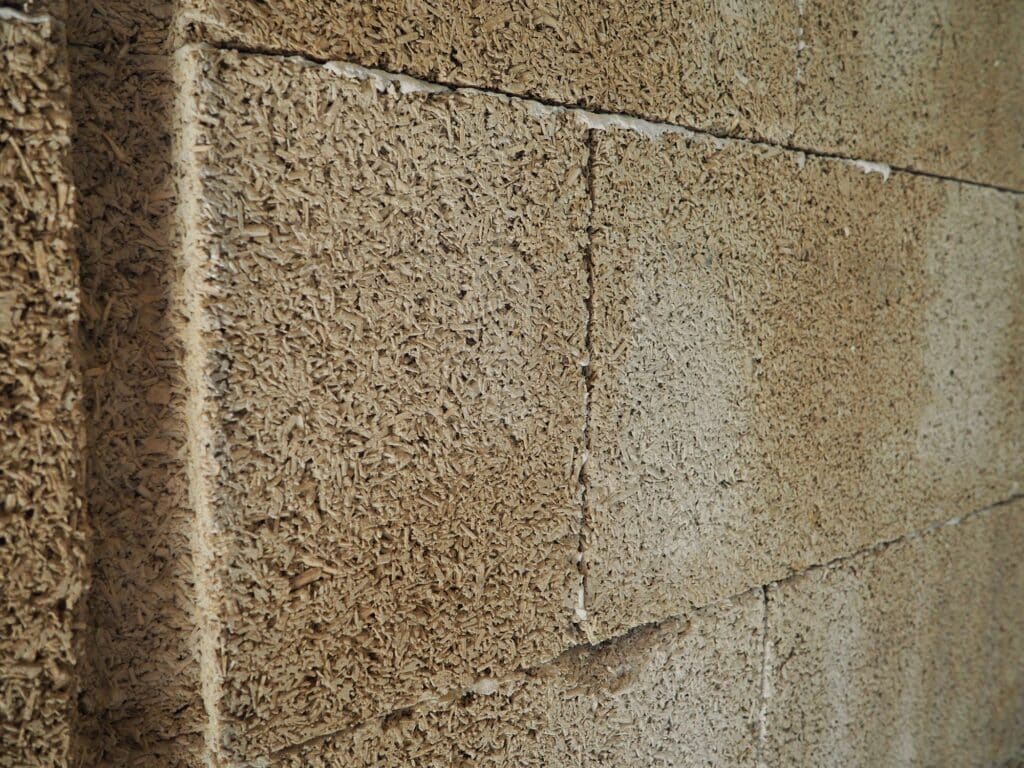
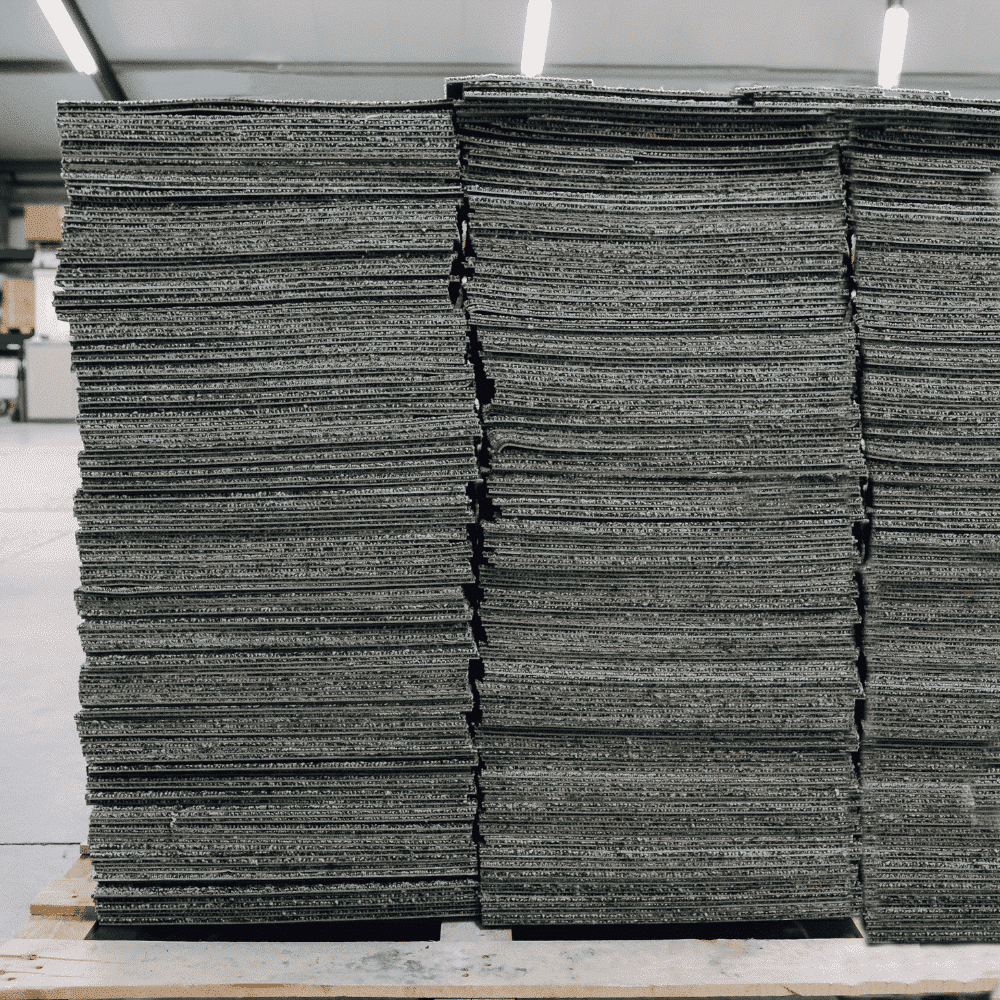
Author : Camille Mommer, Co-founder | Science & Partnerships at Natura Mater and Vice President of ecobuild.brussels
Read also : Good Soil : protecting soil quality to improve quality of life in Brussels; Roofing sector in crisis: looking to innovative solutions for the future; Plant greenery on your roof to benefit from numerous advantages; Making buildings more energy-efficient and environmentally friendly cannot be improvised
